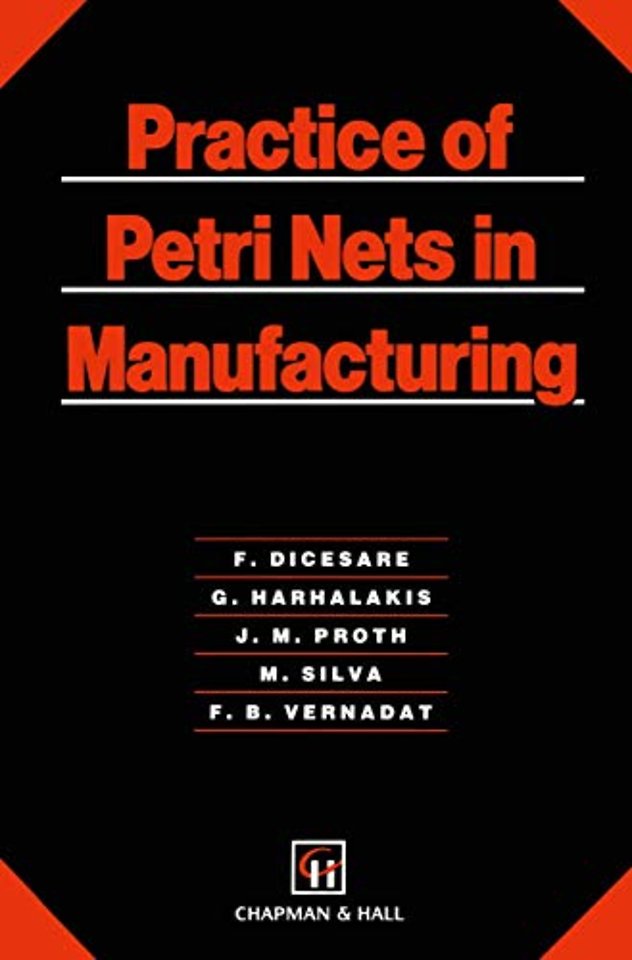Practice of Petri Nets in Manufacturing
Samenvatting
M. Silva Significant changes have been occurring in industrialized countries since the Second World War. Production is moving towards sophisticated high qUality products, economy of scale has been replaced by economy of scope, jerky demands are progressively replacing steady demands, and competi tiveness is becoming a worldwide phenomenon. These trends require highly automated manufacturing systems with small set-up times and high flex ibility. As a consequence, implementation and running costs of modem manufacturing systems are drastically increasing, whereas their fields of application remain limited, and every day become even narrower, which increases the risk of early obsolescence. This is the reason why designers are trying to improve the preliminary design phase, also known as the 'paper study phase'. The preliminary design phase includes, but is not limited to, the func tional specification, and the evaluation of the system. Many tools exist to support the functional specification of manufactur ing systems. IDEFO is one of these tools. It leads, using a top-down ap proach, to a precise functional description of the required system. However, its use cannot be extended further. In general, the evaluation starts with a modeling step, which depends on the evaluation tool used, and ends by applying the model to find out its main dynamic characteristics. Two main approaches can be used to perform this task, namely simulation and math ematical approach. Using simulation, the modeling tool is either a classical computer language, or a simulation language.

